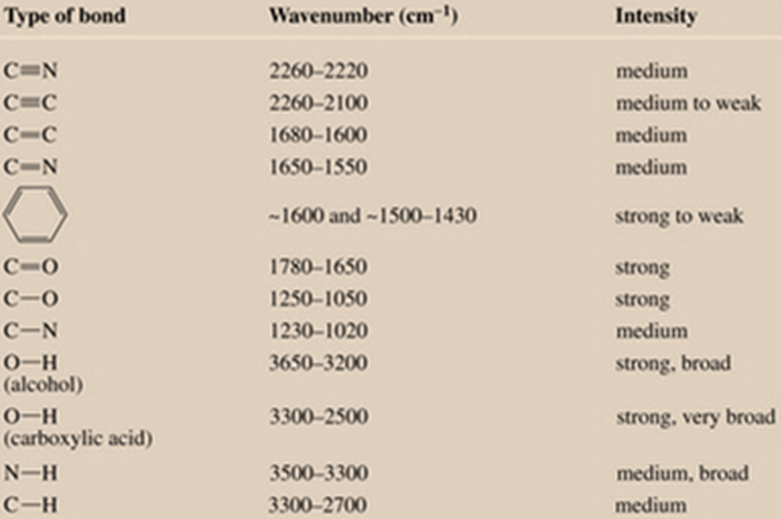Basic Clinical Laboratory Techniques 6E
6th Edition
ISBN:9781133893943
Author:ESTRIDGE
Publisher:ESTRIDGE
Chapter1: The Clinical Laboratory
Section1.9: Quality Assessment
Problem 4RQ
Related questions
Question
Explain the theory of IR spectroscopy and its applications in biology.
Expert Solution
Step 1
firstly lets look at what infrared radiation is and what are the consequences of a molecule is irradiated with IR rays
- IR rays fall below the UV-visible region in the electromagnetic spectrum with a wavelength of the range 700 nm to 25 mm
- it extends from the red region of VIBGYOR [visible region] to the microwave region
- in terms of amplitude, its waves are longer than the visible rays
- chemical bonds connecting atoms behave like 'springs', ie, that are capable of being stretched and compressed when energy is applied. this constitutes the 'vibrational energy of the molecule'
- these bonds are also flexible ie they can bend or be deformed
- so, if a molecule has n atoms it will possess a total of 3n-6 fundamental vibrations of which, 2n-5 are bending vibrations and n-1 are stretching vibration
- when an IR active molecule absorbs light rays, it will absorb a very specific wavelength that will be missing in the transmitted light, this creates an absorption band in the spectrum. such a spectrum is called IR spectrum. these lines/bands are quite distinct.
- IR spectroscopy is also called functional group spectroscopy or fingerprint spectroscopy because each molecule [and its functional group] absorb a very distinct wavelength of light that will appear as a band on the spectrum. based on the location, wave number of the signal, one can ascertain the functional group in question.
Step 2
how do we ascertain a functional group?
its simple. the spectrum/spectralgraph has distinct regions:
-
functional group region whose range is
-
fingerprint region and the range is
In this region there are many troughs which form an intricate pattern which can be used like a fingerprint to determine the compound - the table below is used to determine the functional group in the test molecules

Step by step
Solved in 3 steps with 3 images

Knowledge Booster
Learn more about
Need a deep-dive on the concept behind this application? Look no further. Learn more about this topic, biology and related others by exploring similar questions and additional content below.Recommended textbooks for you



Principles Of Radiographic Imaging: An Art And A …
Health & Nutrition
ISBN:
9781337711067
Author:
Richard R. Carlton, Arlene M. Adler, Vesna Balac
Publisher:
Cengage Learning



Principles Of Radiographic Imaging: An Art And A …
Health & Nutrition
ISBN:
9781337711067
Author:
Richard R. Carlton, Arlene M. Adler, Vesna Balac
Publisher:
Cengage Learning